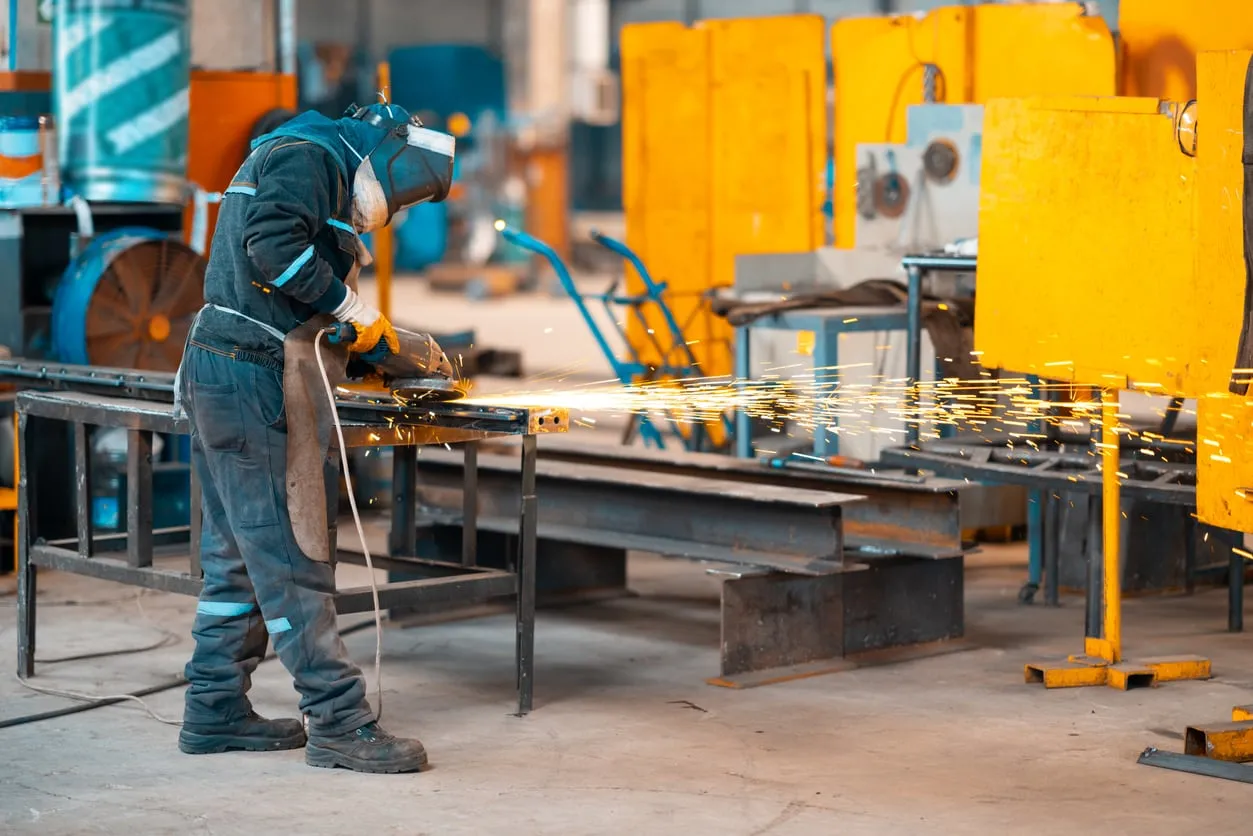About Azar Tigheh Company
At Azar Tigheh Tabriz, every blade is the result of technical expertise, reverse engineering design, selection of high-quality steel, and our proprietary hardening process. Everything is produced entirely in-house, from start to finish.

Azar Tigheh: Our Journey
Established in 1982
In 1982, driven by a deep passion for industry and technology, we entered the manufacturing sector. Leveraging the knowledge imparted by master instructors—each a key figure in both theoretical and practical education—we became active in reverse engineering and the production of spare parts for match-making machines.
By 1988, with the trust of prominent industrialists, including the reputable and long-established Khoyi match manufacturers, we began producing components that had previously been imported from European companies. In 1989, at a time when there were no domestic manufacturers or expertise in industrial blade production in Iran, we developed the first Iranian cutting blades for match production using a completely innovative method. This approach later evolved into a pioneering technique for producing large industrial blades.
We also benefited from the visionary perspective of Engineer Taghi Tavakoli during the transformation of the old Tokoli match factory—a mentor who trained thousands of specialists and founded several industrial plants. Under his continuous orders and encouragement, our unit gained new capabilities in producing sensitive wood veneer blades, wood-cutting blades, and collective paper-cutting blades.
In 1995, our project for producing paper and wood cutting blades was recognized as a superior project by the Iranian Organization for Scientific and Industrial Research. Finally, in 2003, after obtaining the necessary legal approvals, the company was officially registered under the name Azar Tigheh Tabriz.
As Seen On
CEO’s Statement
Production at Azar Tigheh Tabriz is the result of continuous commitment, innovation, and the application of 35 years of experience combined with relentless effort.
Over these years, our unit has developed heat treatment machines, high-power magnetic tables, high-efficiency machining equipment, and specialized tools, enabling the production of all types of cutting blades with the required speed, precision, and quality. As a result, managers of various industries in Iran and neighboring countries no longer need intermediaries or to spend extra time and costs to procure blades.
Karam Taghavinia
